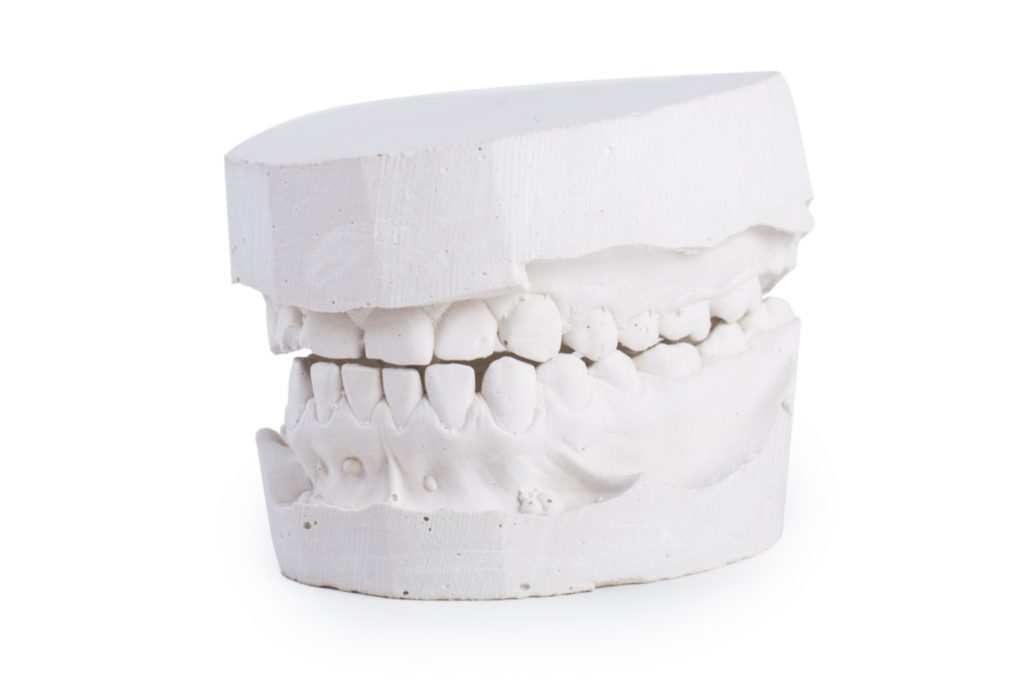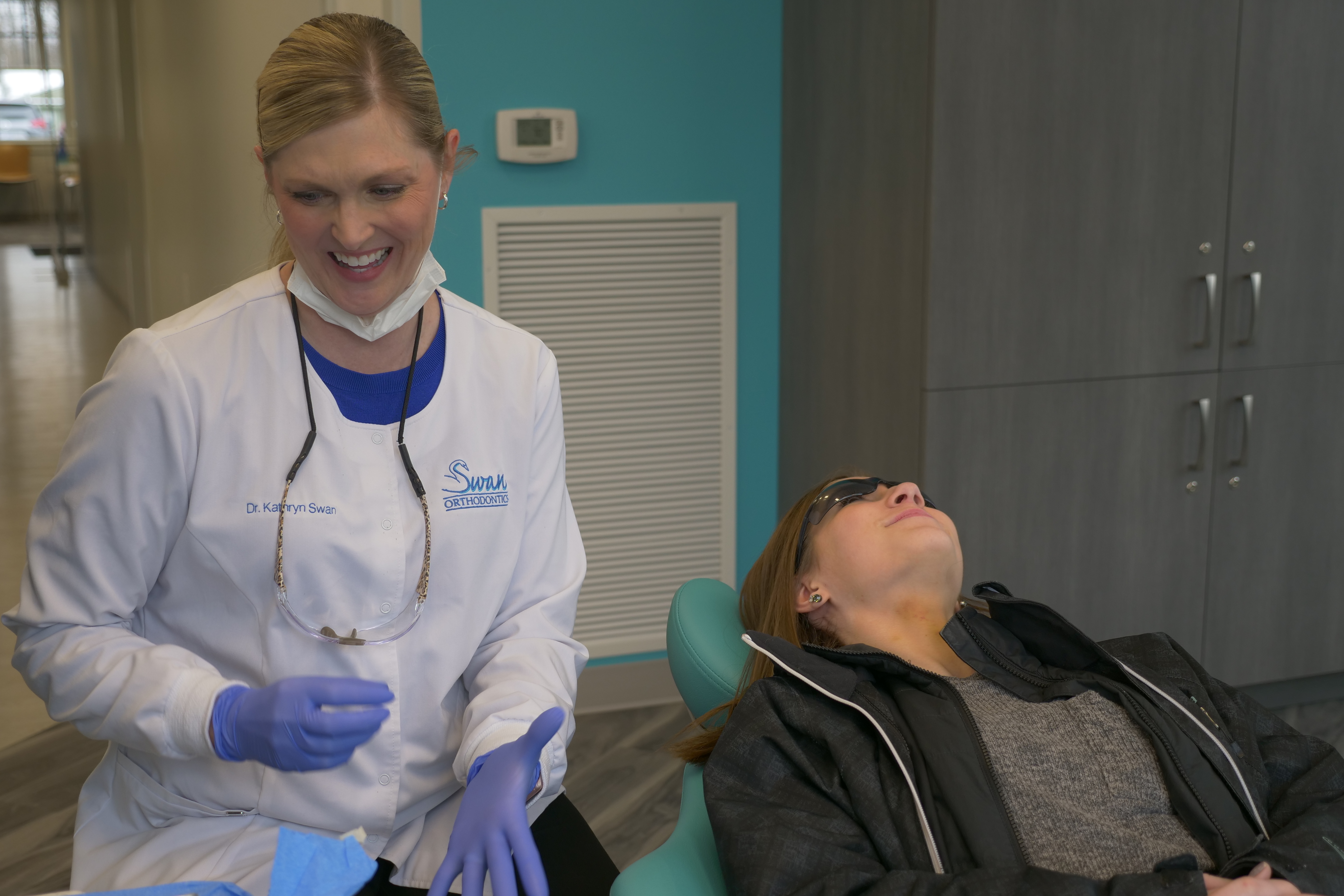Having straight teeth and an attractive smile isn’t just a 21st-century concern. Ancient Greek philosophers even debated on the best way to correct a crooked smile! Mummies have been discovered with bands on their teeth, so we know that primitive versions of orthodontics existed, even if they depended on crude materials like catgut and simple metals. When we talk about modern orthodontic treatment, we’re quick to point out how today’s options are far more comfortable and discreet than they’ve ever been. Traditional braces, in particular, have seen immense improvements, and are now available in several different varieties, from metal to lingual and even ceramic. But even the older, bulkier models sound better than the extractions and blood-letting of Medieval orthodonture!
Here at Swan Orthodontics, we utilize the latest in orthodontic technology and technique to give our patients a healthy smile, but it can be fun to take a look back at where it all began. Before the days of self-ligating systems and clear aligner therapy, there were thousands of years of attempts at correcting poorly aligned teeth and jaws. For many the goal was to improve chewing or speaking, for others it was to enhance their appearance, and for some, it was to give them a straighter smile for the afterlife! We’re going to take a closer look at how some of the earliest orthodontists worked.
Ancient orthodontic practices
Orthodontics goes way back, with early Greeks, Etruscans, and Romans found with ancient orthodontic gear. Even Hippocrates got in on the action! The Greek physician wrote the first known description of tooth irregularities in about 400 B.C., Classical Greek philosopher, Socrates also made mention of orthodontics in his work when he described a gold band some Etruscan women used to preserve the position of the teeth after death. The Roman writer Celsus went one step further and put his methods into practice, using his fingers to push newly emerging teeth into the preferred position. It may not be the most sanitary treatment we’ve ever heard of, but certainly was innovative for its time!
Increased interest in the 18th century
Records show further mentions of orthodontic theory and practice over the years, but there aren’t too many notable attempts for a few hundred years. Most were a bit of a flop, like a bandeau, a horseshoe-shaped piece of metal that was placed outside the teeth. String or wire was then used to tie the teeth to the arch. Written about by a pioneering French dentist by the name of Pierre Fauchard in 1728, the bandeau had the same idea as modern braces in that it relied on steady pressure over time to move the teeth into better positions. However, it wasn’t adjustable, and it was very difficult to move individual teeth in different directions. Fauchard also made a name for himself by operating on patients with a set of forceps he called a “pelican.” After the instrument forcibly realigned the teeth, Fauchard would tie them to the adjacent teeth to hold them in place while they healed. Almost makes wires, brackets, and bands seem like a walk in the park, doesn’t it?
For all its shortcomings, the bandeau was used for almost a hundred years before going out of fashion when Christophe-François Delabarre developed the wire crib in 1819. This was followed by a flurry of development in dental techniques, and heralded the birth of contemporary orthodontics. As the name implies, the crib was made of wires, often metal, that had been bent and then soldered together to make a sort of cage that fits over and around the teeth. Strings or metal springs could then be attached and used to apply a constant force to teeth, slowly moving them into new, improved positions. Though it was obviously quite basic compared to today’s technology, the wire crib actually worked in much the same way as contemporary braces and aligners do. In fact, several of today’s appliances got their start with the wire crib!
By the late 1800’s, orthodontics was gaining some serious steam in both theory and practice. In about 1880, Edward Hartley Angle, who is considered by many to be the father of modern orthodontics, was able to identify the true properties of malocclusions. Malocclusions are misalignments of the teeth and jaws, and once understood, have been addressed with increasingly effective orthodontic appliances.

The path to modern orthodontics in America
In the 19th century, the United States got in on the game, and offered up some significant orthodontic contributions. In 1822, J.S. Gunnell invented the “occipital anchorage,” which was a form of headgear that fastened to the jaw from the outside of the mouth and exerted gentle pressure on the teeth. When Charles Goodyear introduced vulcanized rubber in 1839, it didn’t take long for orthodontists to realize its potential. A few short years later, E.G. Tucker became the first American dentist to use rubber in his orthodontic appliances. In 1840, “The Dental Art” was published. In this classic dentistry book, author Chapin A. Harris was the first to outline practices like soldering knobs on bands to assist with tooth rotation, and applying gold caps to molars to open the dental bite.
At this point, orthodontic appliances hit a bit of a wall. There were tremendous strides made in orthodontic theory over the next century, but braces themselves remained largely the same. Early orthodontists sometimes used ivory, zinc, copper, brass, or wood to craft them, and later models were usually made of gold, platinum, silver, steel, gum rubber, or vulcanite. Up until the 1970s, orthodontists would anchor brackets by winding wires around each individual tooth, but when dental adhesives were invented, they switched to sticking brackets to the surfaces of the teeth instead.
Around the same time, stainless steel replaced gold and silver as the most popular choice for wires thanks to its shapeability. This made braces significantly more affordable, and they became much more widely available. Lingual braces also came along in the 70’s. These were the first orthodontic appliances to address aesthetic and cosmetic concerns by running along the inside of the teeth’s surfaces rather than the outer surface. Lingual braces are still a great choice for patients who are looking for a truly subtle treatment option!

Swan Orthodontics will help you find your smile’s place in history
It’s clearly nothing new to want a beautifully aligned, fully functioning smile! Humans have been striving to find the best way to straighten teeth for centuries. Well-aligned teeth and jaws are just as important today as they were back when Fauchard, Delabarre, and Angle were experimenting. Swan Orthodontics loves being part of such an established tradition of improving oral health and the lives of those we are able to treat. If you’re in Caledonia or the surrounding communities and want to learn more about how modern orthodontics can benefit your smile, get in touch with us today. We’ve got everything you need to give you the smile you deserve!

